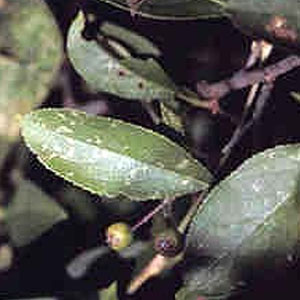Description
Latin: Aronia melanocarpa
Zones: 4-9
Other common names: black chokeberry
Mature Height/spread: 8 ft high/ 3-4 ft spread
Soil / Climate: Grows commonly in wet areas, but can tolerate dry soils. Chokeberries are native to the United States, especially in the Northeast. Chokeberries grow well infull sunlight, but are moderately tolerant of light shade. They prefer moist well drained soils. They are tolerant to drought, soil compaction, and salt.
Notes: Species know to hybridized. Hard to tell apart (only by color of fruit). Very ornamental due to its flowery blossoms and colorful fruit. Elliptical, fine toothed leaves 2 to 5 inches long. Turns rich red and orange in autumn. Holds its fruit into winter. Spreads readily by suckering. Edible fruit. Chokeberries can be canned and make healthy fruit drinks.
Wildlife: The fruit and buds are a favorite food of the ruffed grouse. The fruit is also prised by turkey, bobwhite, pheasant, cedar waxwing, and many others.
Chokeberry shrubs which are grown as bare root seedlings and transplants and sold both wholesale and retail with no minimum order.
Additional information on Aronia melanocarpa, prunifolia, or arbutifolia can be found on the link: USDA / NRCS PLANTS Database.











Reviews
There are no reviews yet.